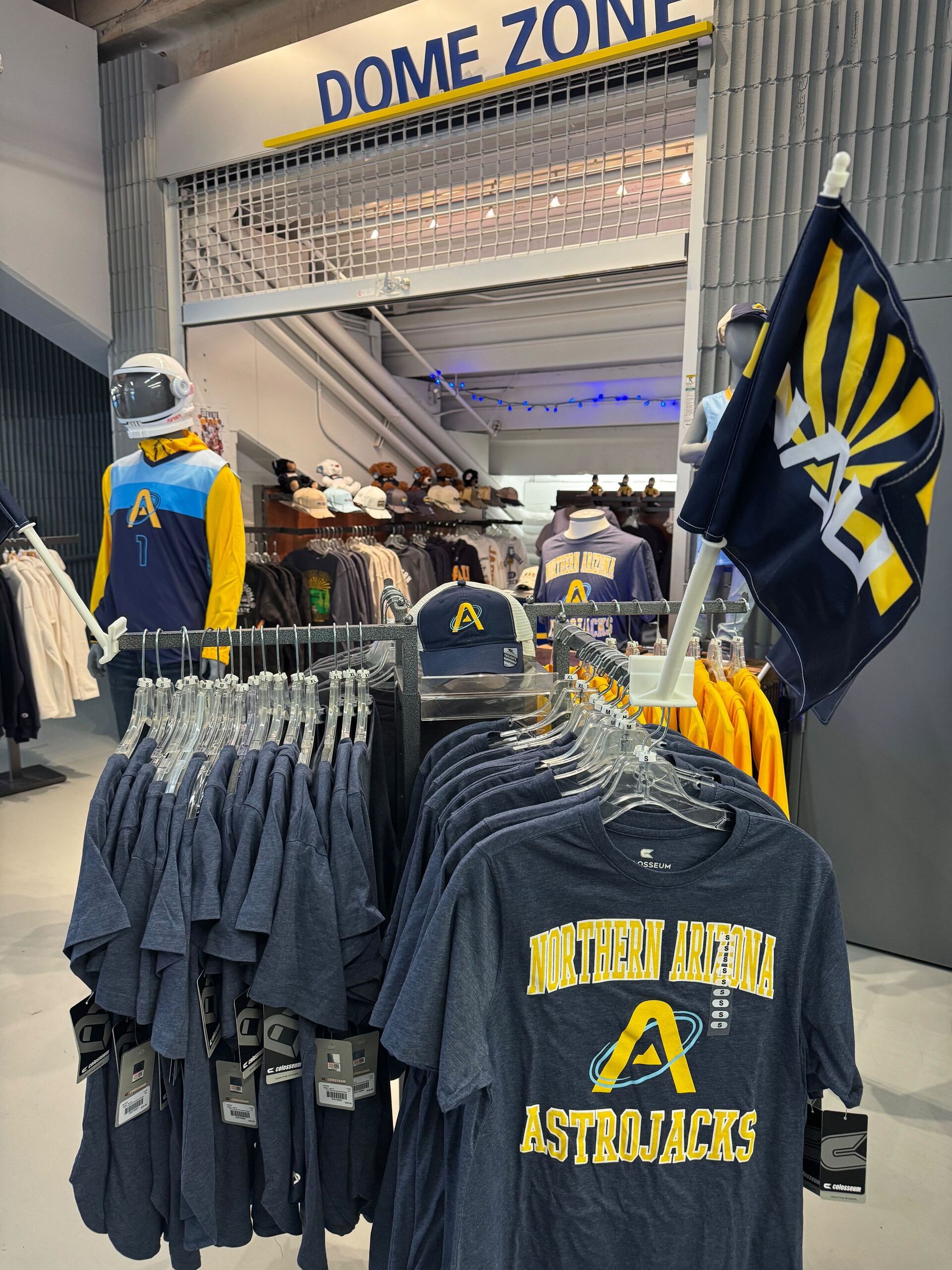Good morning, and thanks for spending part of your day with Extra Points.
Today, I am happy to pass the mic over to Jonathan Beecher Field, an Associate Professor of American Literature at Clemson. He’s also an avid member of College Football Internet that you might better know as Gurgling Cod.
Field pitched a review of The Imperial Gridiron: Manhood, Civilization, and Football at the Carlisle Indian Industrial School by Matthew Bentley and John Bloom. I figured this was a great time to run it, partly because I know many of my readers are college sports history buffs, and also because I’ve been sick as a dog for the last 36 hours and am in no position to write anything original at the moment.
His review is below but first a word from our sponsor:
Win the Rev Share Era with Teamworks General Manager
Teamworks GM equips athletic departments with the only integrated platform for navigating collegiate revenue sharing. Already adopted by more than 50 programs, Teamworks GM centralizes roster planning, budget forecasting, contract management, and athlete payments. Replace disconnected and generic systems with one intuitive, end-to-end interface. With teams already using the platform to budget for the rev share era, Teamworks GM provides the strategic advantage needed for success in college sports' new financial landscape. Learn more
Follow along with Teamworks and Extra Points as we explore How GMs are Building Championship Rosters. In our latest update, we caught up with a mid-major that just hired an old AD to be a GM over multiple sports. We’ve also covered How the technology that supports GM jobs actually works, a look at the Mid-Major Basketball GM role, and our first dispatch, on the skills needed to be a P4 FB GM.
Like many other American institutions, college football and higher education have histories that intertwine with the history of Indigenous people in North America. “Indian schools” were similar to single-sex schools or historically Black colleges and universities (HBCUs) in that they catered to a specific demographic. But unlike schools for women or people of color, Indian schools were part of a campaign to snuff out the culture of their own students.
The Carlisle Indian Industrial School, perhaps the best-known of its counterparts, was founded in 1879 in Carlisle, Pennsylvania, by Richard Henry Pratt, a United States Army officer. Like many educational institutions then and now, the school saw intercollegiate football as a way to raise its institutional profile, and beginning in 1893, the Carlisle Indians put together a remarkable run of success, with a record of 167-88-13 over the program’s 25 years.
Matthew Bailey and John Bloom’s “The Imperial Gridiron: Manhood, Civilization, and Football at the Carlisle Indian Industrial School” illuminates many of the challenges that persist in the culture of college football by taking a close look at a team that represented an institution that closed its doors more than a century ago.
Sometimes, things are easy to see if they are farther away. If you have ever held a restaurant menu at arm’s length to see what kinds of hamburgers are available, you are familiar with this phenomenon, which optometrists call “presbyopia.”
Similarly, if you put a century or so between yourself and an urgent social issue, the contours of the problem can become clearer. Beyond the intrinsic interest of Carlisle football — famously, Jim Thorpe’s college team — there are things about college sports in general we can see more clearly when the details are less familiar.
“The Imperial Gridiron” is based on Bentley’s doctoral dissertation. Tragically, he died in the middle of revising it for publication, and Bloom took over. This complicated authorship dynamic sometimes leads to repetitions in the text, and there are stretches that read more like a dissertation than an academic monograph. That said, this book, by virtue of its distance from its subject, does invite readers to consider questions that persist long after the closure of the Carlisle Indian Industrial School.
Most of all, it asks its readers to consider what masculinity is and what it could be.
The history of Indian boarding schools stretches from colonial times to the 20th century, and throughout that long period, their mission was to “civilize” Indigenous men and women. Pratt, Carlisle’s founder, coined the phrase “kill the Indian, save the man” in an 1892 speech, and his school and others committed an aggressive program of cultural genocide, banning Indigenous languages and traditional dress while training students to work in blue-collar jobs.
Bentley and Bloom make the choice to put quotation marks around the word “civilization” whenever they use it in “The Imperial Gridiron.” It is jarring at first, but it is a useful way of reminding the reader that this word refers to a specific set of standards white people imposed on Native Americans.
The energy supplement you’ve been searching for
People go to extremes to get their energy right, whether through medication or unhealthy amounts of caffeine. But what if there was an all-natural solution guaranteed to help you perform and feel your best?
That’s MTE. Its ingredients are scientifically proven to support clean energy, sharper focus, and a better mood.
It’s effects are immediate without tradeoffs to your health. No crashes. No Jitters.
Carlisle was more benign than many of the Indian schools, but they all operated on the common principle that the way to deal with young Indigenous people was to take them away from their families and force them to speak English. Indian schools did unimaginable harm to their students, both culturally and physically. As someone whose research entails mucking through the more dismal episodes of our history, my rule is that the existence of unmarked graves indicates an institution that has taken a turn for evil.
Unmarked graves are a commonplace discovery adjacent to the sites of former Indian boarding schools. This is not the story “The Imperial Gridiron” tells, but for the college football fan who wants to know more about Thorpe’s college experience, it is important to remember the grim context for Carlisle’s existence.
For college football fans, the most valuable aspect of this book is the way it details the relationship between an institution and the idea of masculinity the institution wants its players to manifest. Pratt was initially suspicious of the violence that characterized the early days of college football, but eventually he relented to the students’ appeals, on the condition that they demonstrate the kind of restraint and self-control that defined white Victorian masculinity. In the early days of the program, the emphasis was on a gentlemanly style of play that would reflect well on the institution — and on Pratt’s work with Indigenous Americans as a whole.
But with the arrival of Pop Warner as coach in 1899, the emphasis shifted to a much more aggressive style of play, focused on winning, rather than turning the other cheek. There is a truism that athletics are a university’s front porch, and after less than a decade of play, Carlisle decided to swap the noble savage for the ethos Al Davis later embraced: “Just win, baby.”
The Carlisle Indians were a draw and scheduled aggressively, traveling to take on many of the powers of the day. Some of the most memorable college football matchups involve a significant clash of cultures — think Catholics vs. Convicts or Mormons vs. Mullets — and by definition, every game Carlisle played against Harvard, Penn, Army or Dickinson carried this extra charge.
One of the most fascinating parts of this book is the appendix at the end, which lists opponents and scores for each season of Carlisle football. What makes the team’s success even more remarkable is that it almost always traveled to play its marquee opponents, including the Big Four (Harvard, Yale, Princeton and Penn), as well as Army and Navy. In 1914, Carlisle played Alabama at Rickwood Field in Birmingham and faced Notre Dame at Chicago’s Comiskey Park. Carlisle went 1-1, beating the Crimson Tide.
A reader might expect more of Thorpe, the school’s most famous student, in “The Imperial Gridiron.” (At Carlisle, in addition to football, he played baseball, tennis, lacrosse and boxing and won the intercollegiate ballroom dancing championship.) But Bloom and Bentley are more concerned with institutions than individuals.
Their work exists at the crossroads of Indigenous studies, sports history and the history of higher education, and it’s likely to leave specialists in each of those fields wishing for a bit more of their particular focus. I am professionally interested in Native American and Indigenous studies (NAIS) and personally interested in early college football history. The sports side of me expected more blow-by-blow accounts of contests between Carlisle and its mighty rivals, while my NAIS side was left hoping for a somewhat broader contextualization of Carlisle in the history of Indigenous boarding schools.
That said, it is a rare academic monograph that leaves readers wanting more. Extra Points readers subscribe because they are curious about how the sausage is made in college sports. “The Imperial Gridiron”details an early and important chapter in this process. If you care about college sports and how they intersect with real life, this book is worth adding to your summer reading list.


















